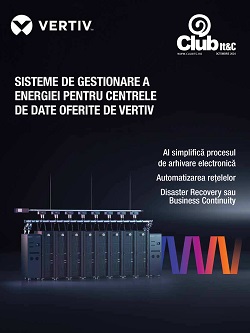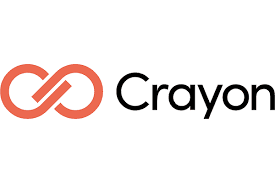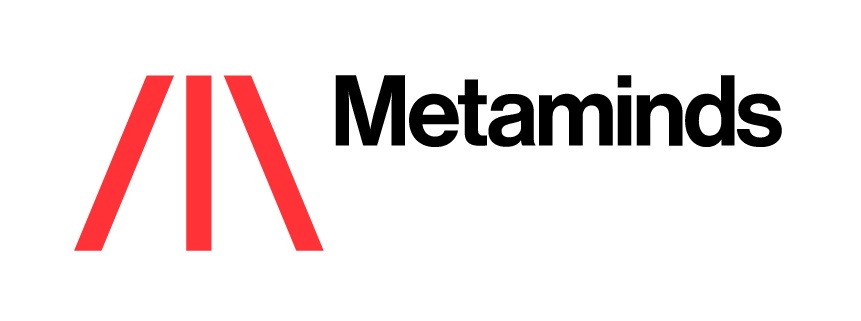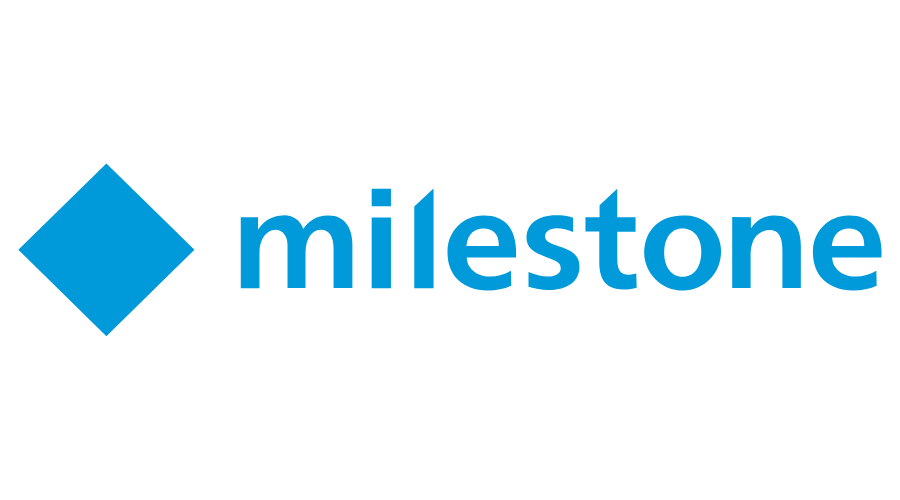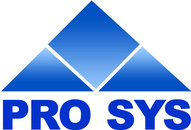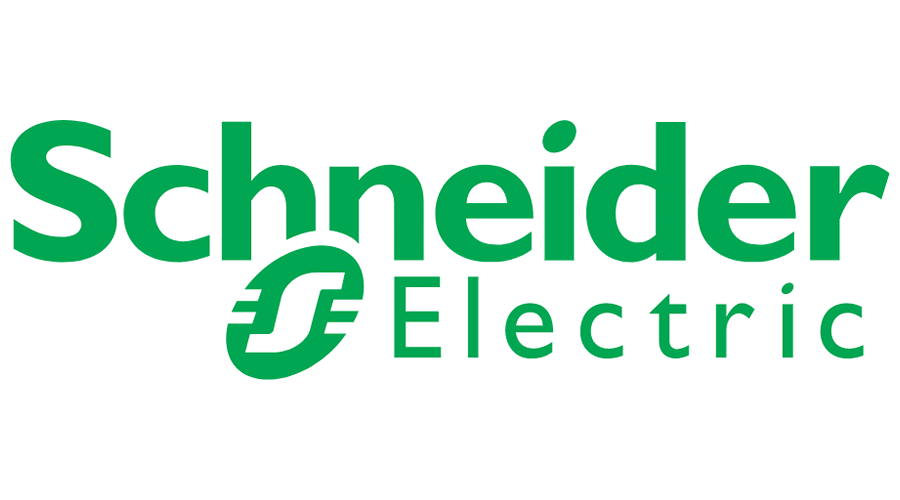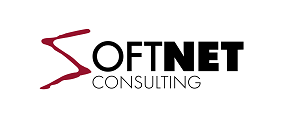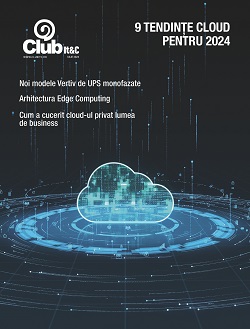The proportion of businesses in Romania using cloud technology must significantly increase by 62% points in order to meet the Digital Decade goals set out by the European Commission, according to a new report published today called ‘The progress towards the EU’s Digital Decade ambition, produced by Deloitte and commissioned by Vodafone. The EU’s Digital Decade, which sets key targets on different digital areas until 2030, is the EU’s vision for Europe’s digital transformation and a critical element in Europe maintaining its global competitiveness in a rapidly changing world.
 According to the report, only 13% share of businesses in Romania currently use cloud computing services, which is 62% points short of the 75% target by 2030. Cloud services can help increase data security, drive efficiencies, help companies scale, yield insights and reduce costs for businesses, meaning they are critical to their overall success, ability to grow and support Europe’s overall competitiveness.
According to the report, only 13% share of businesses in Romania currently use cloud computing services, which is 62% points short of the 75% target by 2030. Cloud services can help increase data security, drive efficiencies, help companies scale, yield insights and reduce costs for businesses, meaning they are critical to their overall success, ability to grow and support Europe’s overall competitiveness.
It is not only EU companies falling short on targets. Overall, the proportion of households covered by very high-capacity networks in Romania is 76% in 2021 meaning a gap of 24% still exists. Plugging this gap could prove challenging to most, if not all Member States, due to the high costs and operational challenges in deploying these networks in remote areas.
Digital skills also require significant progress
A lack of ICT specialists is also inhibiting progress against the Digital Decade targets, jeopardising Europe’s ability to scale up technologies required to lead globally. Across the EU27, the number of ICT specialists currently stands at 8.43 million. While this number has increased the most in Germany, Ireland and Hungary over the past year, across the EU as a whole this figure needs to more than double in order to meet the 20 million ICT specialists Digital Decade goal.
Progress on digitalising SMEs is decreasing for some Member States, putting overall EU Digital Decade goal at risk
Digital intensity of SMEs has remained relatively flat over the past five years, with the average annual growth rate across the EU between 2016-2021 standing at just 2%. Digital intensity is defined according to the Digital intensity Index which measures the availability of 12 different digital technologies including access to fast broadband (30 Mbps or above) and ICT specialists. In some instances, Member States are now further behind on their goals than they were five years ago. Romania showed slight signs of progress in 2021 and was 1 percentage point closer to their 2030 target compared to 2019.
Funding and disbursements for Member States will be subject to further changes following falls in GDP during the pandemic
Member States whose GDP fell more than forecast by the Commission will see an increase in their funds and grants available to them. Germany, Portugal and Spain may see the largest relative increases in grants, whereas Romania may see a relative decrease in grants due to better than forecast rise in 2021 GDP.
Cause for optimism – the report also puts four key policy enablers into focus, that could help realise the Digital Decade goals:
1. Co-ordination Across Governments: Effective collaboration across Member States’ governments (national, regional and local authorities) could help to ensure that digital investments are effectively targeted, synchronised and timed.
2. Connecting Digital Ecosystems: The emergence of new digital ecosystems will depend on a diverse range of organisations working together, with governments helping to facilitate.
3. Data Sharing: Ensuring data is accessible, re-usable and secure will help facilitate sharing and underpin digital ecosystems including smart cities, e-health, smart energy and mobility.
4. Demonstrating Digital Value: Showing the value of digital investments through pilots and effective benefit measurement frameworks can help unlock further public investment and inform decision-making on future investments.
You can view the full report, including country breakdowns HERE.


